SUMMARY
This is AI generated summarization, which may have errors. For context, always refer to the full article.
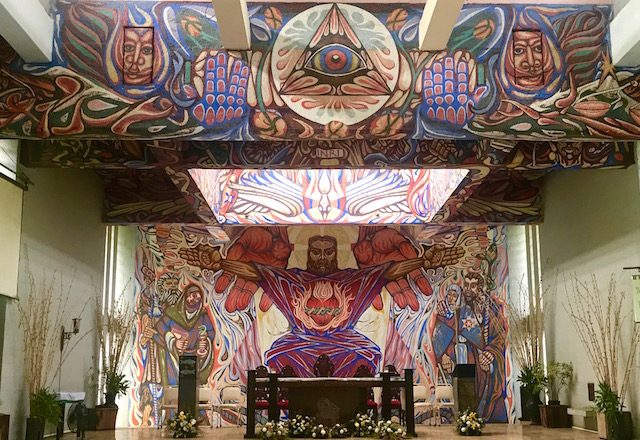
NEGROS OCCIDENTAL, Philippines – Churches are known to be places that illicit feelings of serenity and peace. This church in Victorias City, Negros Occidental isn’t one.
First time visitors of the St Joseph the Worker Chapel can feel uneasy with the massive, vividly-colored mural on the altar.
At the heart of the mural is Jesus Christ, looking irate and wrapped in fiery red. While his arms are open wide, the gesture hardly gives off a welcoming feeling.

On the front-most beam of the altar is an all-seeing eye, a symbol associated with the illuminati.
A closer look at the mural shows Christ’s arms and the beams on top of the altar forming the star of David, which is associated with the Jews.
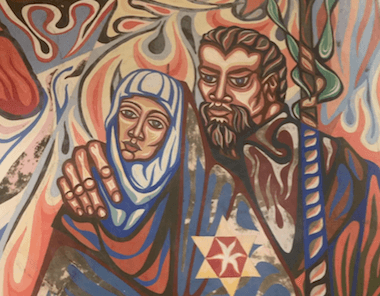
When one approaches the altar, a hidden painting above that only the priest can see becomes visible: images of tormented souls in purgatory.
History
The chapel was constructed around 1950, just 5 years after World War II. It is owned by the rich Ossorio family, hence its location inside their sugar milling complex.
The mural was made by Alfonso Ossorio, a close friend of famous artists Jackson Pollock, Salvador Dali, and Clyfford Still. Much like his friends, his works were surrealist. (READ: Enigmatic Ossorio: The artist’s first exhibition in the Philippines)
The provincial tourism office said that Ossorio’s mural depicted what it would be like during Judgment Day.
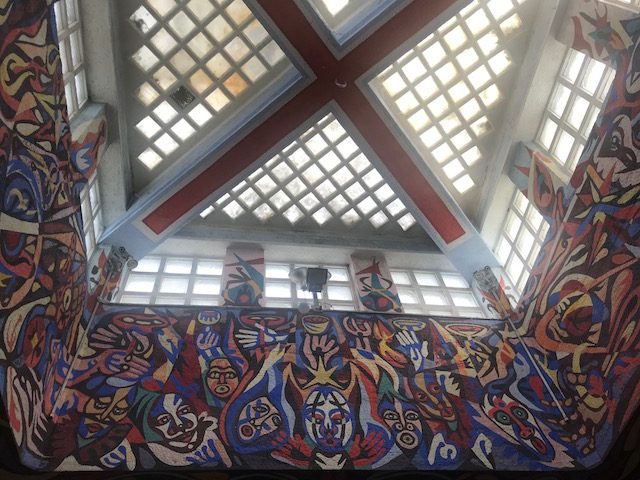
Raymond Alunan of the tourism office said that the images depict a father as strict, yet caring. Moreover, the mural calls on churchgoers to pray more to prepare for the day of judgment.
“When you get closer and closer to the altar, the facial expression of Jesus softens, so he is not really angry,” Alunan said.
Meanwhile, the Jewish touches inside the Catholic church are part of the influence of Frederic Ossorio. A member of the Monument’s Men, Frederic was among the soldiers who saved countless pieces of art from Adolf Hitler’s plan to destroy some of man’s greatest achievements.
On the pillars of the church are images of Christ being tortured by Nazis instead of Roman soldiers.
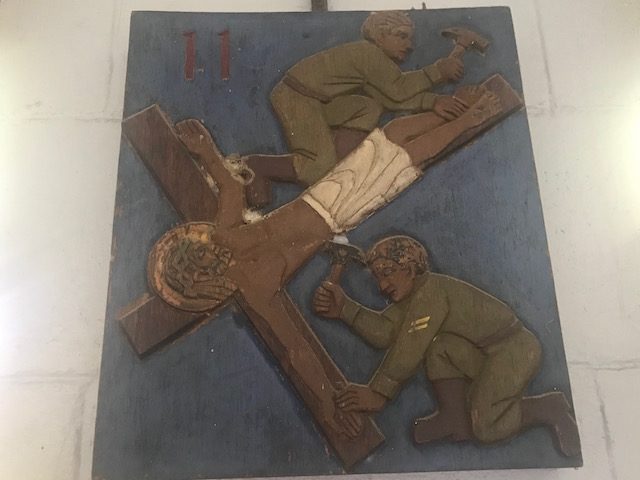
Other artists
The mosaics of the church were made by Belgian artist Adelaide de Bethune. Instead of foreign-looking images, people on the mural have distinctly Filipino features.
The brown skin is made of glass from San Miguel Pale Pilsen bottles.
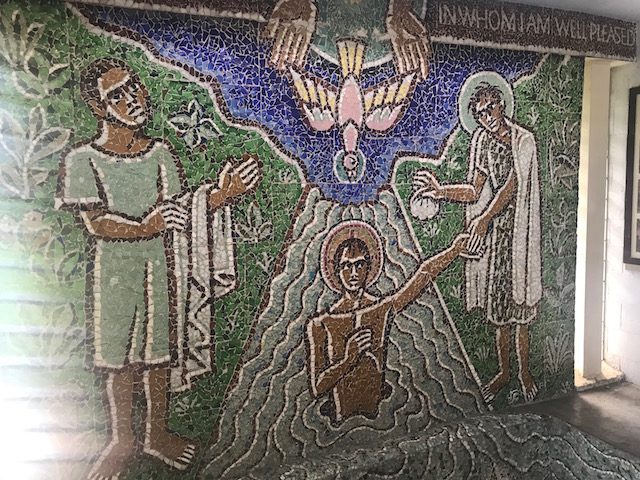
The church also features a Filipino-looking wooden statue of Jesus, sculpted by Benjamin Valenciano.
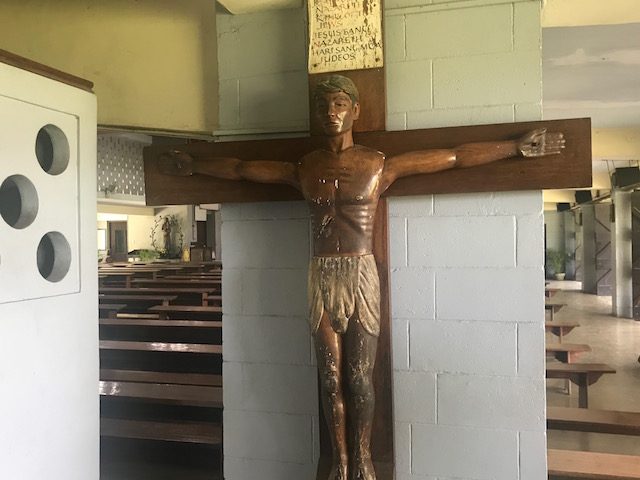
As for the overall structural design of the chapel, Czech architect Antonin Raymond made sure that the building would withstand earthquakes.
The church is declared an important cultural property of the Philippines.
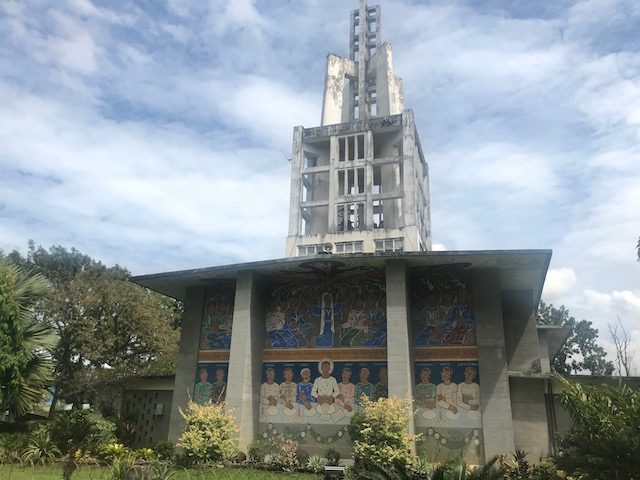
To get there from Manila, a flight to Bacolod is the most convenient way to travel.
From there, one can take a bus to Manapla, then get off Victorias City Hall.
From the poblacion, one can hail a tricycle and ask to be dropped off inside the Victorias Milling Company. – Rappler.com
Visit more cultural wonders with Cebu Pacific promo.
Add a comment
How does this make you feel?
There are no comments yet. Add your comment to start the conversation.